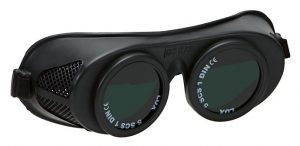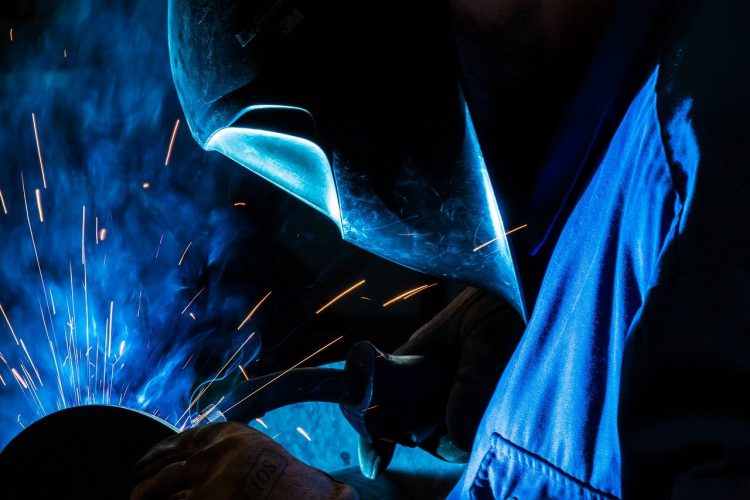The work of the welder requires the utmost care to avoid accidents. The risks are multiple, as it’s not only burns that are a concern. Of course, it’s important to wear a flame-retardant suit, but it is also necessary to protect oneself from the risks associated with radiation, as well as from all the chemical fumes that are contained in welding fumes. Here are all the instructions to protect yourself effectively, whether you are a professional welder or an individual who does his own work.
What are the risks of welding without using a flashback arrestor
For employees who work in welding, self-employed craftsmen or private individuals who do welding work at home, the risks are threefold without a welding flashback arrestor.
The risk of burns
The risk of burns is the first thing that comes to mind when you think of welding. When working with a soldering iron, you can get burned directly by the iron or the materials being soldered, if you make a wrong move. Also, the projections of metal particles are just as dangerous.
In addition to burns, the welder is exposed to cuts or punctures in case of projection.
Eye protection
 The heat and UV radiation generated by the welding process are harmful to the eyes, which must be particularly protected. Retinal damage can lead to pathologies that can become chronic, sometimes with irreversible consequences.
The heat and UV radiation generated by the welding process are harmful to the eyes, which must be particularly protected. Retinal damage can lead to pathologies that can become chronic, sometimes with irreversible consequences.
Protecting yourself from fumes
Welding generates fumes that can be irritating or even toxic. If the respiratory system is affected, the welder is at risk for chronic diseases such as asthma or some forms of lung disease. Siderosis is the most common disease that occurs when there is no adequate protection. It is a pneumoconiosis caused by prolonged exposure to iron particles or iron oxides.
How to protect yourself properly from the risks inherent in welding
Welder’s clothing
The welder’s clothing must be designed to be flashback proof, or rather to be able to ward off flashbacks, as well as to protect in case of unexpected contact with burning parts. This means that the suit must be heatproof, flameproof and resistant to metal particles that may be thrown up.
The suit must therefore be made of fireproof cotton or a textile adapted to these constraints. It can be composed of two parts, trousers and jacket, and must comply with ISO 11611standards, class 1 or 2, depending on the type of welding (MIG, MAG, TIG,…), and ISO 11612 for the heat and flame part. The leather welder’s apron is worn over this to reinforce the protection of the suit.
The welder’s hands are particularly exposed. That is why he must wear leather gloves with cuffs (covering the forearm), with a heat-resistant inner lining.
The welder must not forget to protect his feet. Welding shoes have a high upper and an insulating sole. For safety reasons, they must not be laced and must be able to be removed quickly.
Helmet and mask to protect the face
The face must be fully protected by a helmet fitted with goggles that filter light rays. Depending on the work to be carried out, the welder must also be equipped with a mask that filters out potentially toxic fumes.
The European standards for helmets and goggles are EN 169 and EN 175.
